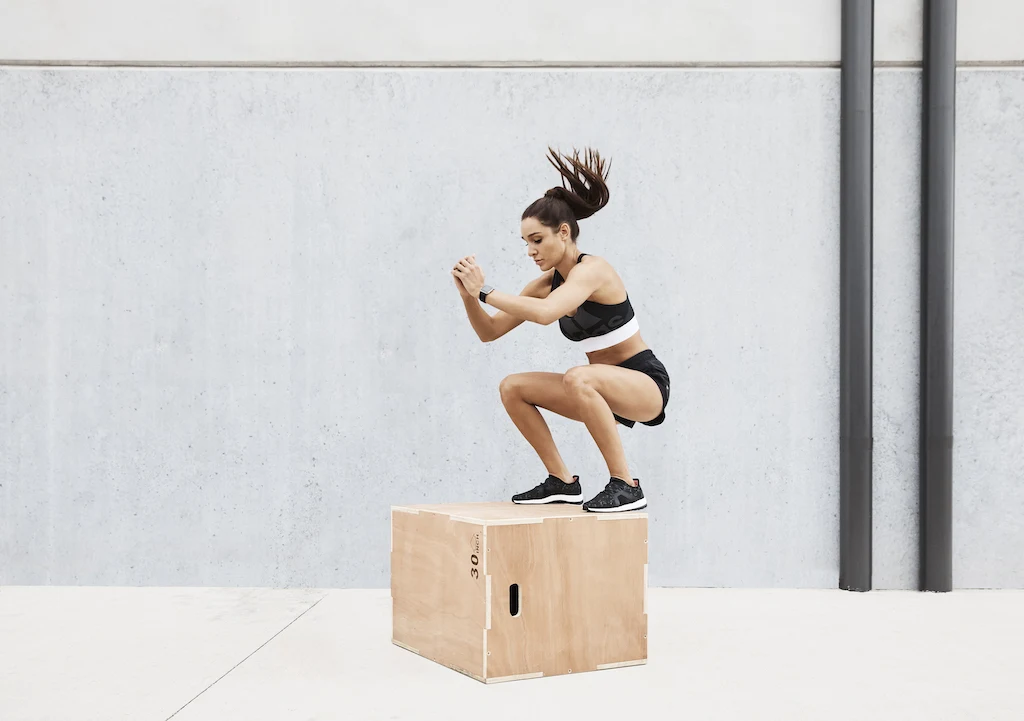Why Rest Days Are So Important

February 23, 2018

You need to train consistently to reach your health and fitness goals, but did you know you also need to prioritise rest and recovery?
Rest days are an important but often overlooked aspect of regular exercise, and when you optimise the ratio of work to rest, you’ll reach your fitness goals faster, feel great and avoid workout burnout.
Learn how to incorporate rest days into your training schedule and what to focus on to get the most out of each rest day.
What is a rest day?
A rest day is exactly what it sounds like - a day off from training! While it might sound obvious, it’s important you rest on your rest days. This means doing lighter activities, active recovery and things that relax you.
A rest day will give your body and mind the time it needs to consolidate the hard work you’ve been doing. Muscles recover, adapt and become stronger during your rest, not your workout time, and your nervous system has a chance to recover too.
Including appropriate rest in your training program can also help prevent a workout plateau or the fatigue that comes from overtraining.

What to do on a rest day
Think of rest days as a way to give back to your body. Use this time to relax and rejuvenate your body and mind in whatever way works best for you.
If you’ve been training super hard or you’re feeling fatigued, a day spent watching Netflix or unwinding with a new book might be exactly what you need (check out these recommendations from Brit!).
If you’re feeling energised, you can stay active on your rest days with light cardio for an active recovery workout such as swimming or walking.
Yoga is another great way to incorporate mindfulness and movement while promoting recovery, while some foam rolling may help to reduce any muscle stiffness.
Here are some suggestions from the Sweat Trainers to help you get the most out of your next rest day:
Kayla’s rest day advice: “Grab a foam roller and do an active recovery session! This will help to reduce muscle soreness and improve your range of motion.”
Chontel’s tip: “Use your rest day to do meal prep for the week ahead to ensure you have healthy food that fills you up.”
Kelsey’s recommendation: “Practise meditation or mindfulness, spend time with family and friends or take a walk in nature.”
What to eat on a rest day
The food you eat can help to speed up muscle recovery as your body adapts to your training load. But should you eat differently on your rest days? What you’re eating shouldn’t change significantly between active days and rest days, and you’ll still want to make sure you’re consuming enough protein to support muscle repair, and including complex carbohydrates such as fruit, vegetables and whole grains in your diet.
Eating mindfully and paying attention to your natural hunger cues can help you give your body the energy and nutrients it needs to support muscle repair. Depending on what your health and fitness goals are, how you’re choosing to fuel your body might change slightly from day to day.
Finally, make sure you stay hydrated. Drinking plenty of water is a great way to replenish lost fluids and ensure you’re not dehydrated for your next Sweat session.
How often to schedule a rest day
You should always allow at least one full rest day each week. If you are new to working out or have recently increased your training, you may want or need more rest. Listen to your body, your energy levels and how your muscles feel.
When you start a new program, you might aim to do three workouts each week and then increase or vary your workouts as your body adapts to the new training style. If you’re following a Sweat program, you’ll find that your rest days have already been scheduled for you!
Trainer tip: The optimal number of rest days is different for everyone and depends on the type of workouts you are doing, your fitness level and what else is going on in your life.
The number of rest days you’ll need each week will depend on factors such as:
Your training style and intensity
Whether you are doing full-body workouts or split workouts
Your fitness level and how long you’ve been training for
Where you are in your training cycle
Lifestyle stressors outside your training
Where you are in your menstrual cycle
Your physical and mental health

Training style and intensity
Rest days are essential for promoting recovery and long-term wellbeing. How frequently you take a rest day will depend on the amount of stress put on your body in each session.
The body responds to cardiovascular training and strength training differently, so keep this in mind when planning your rest days.
When weight training, it’s ideal to have two days of rest after hitting each muscle group. This means if you train on consecutive days, you should ensure you’re hitting a different area of the body — for example, legs on Monday and upper body on Tuesday.
The number of rest days you need each week will also depend on the intensity (or rate of perceived exertion) of the training session.
If you run or do high-intensity cardio workouts, it’s a good idea to rest or do low-intensity sessions like walking between each workout. You may also need more than one day in between workouts, especially when you’re starting out. As your body adapts to the training, you’ll be able to increase the frequency or intensity of your workouts.
The Sweat programs contain scheduled rest and recovery days each week. Some programs also include optional workouts you can add in if you’re feeling great or leave out when you need rest.

Can a fitness tracker help me to know when I need a rest day?
Some fitness trackers can provide guidance on when your body needs rest to perform better, by measuring things like your heart rate and sleep patterns. While we still recommend listening to your body, these devices can provide some guidance if you aren’t sure whether to train.
One metric a fitness tracker uses to determine how much strain the body is under is ‘heart rate variability’ (HRV). Your heartbeat isn’t like a metronome, each heartbeat occurs at slightly irregular intervals. These intervals are determined by your autonomic nervous system, the part of the brain that responds to stress or promotes relaxation.
According to Cleveland Clinic, people with higher HRV generally are happier and less stressed with a body that is adaptable and resilient. Low HRV often indicates that you are under stress or your body is less resilient and may benefit from rest.
It’s normal for your HRV to fluctuate a lot, which means for this measurement to be useful, you need to consider long-term trends rather than daily fluctuations.
Once you have established your baseline HRV, this is one tool you might use to determine when your body needs rest.
Check in with how you feel
Ultimately, you should listen to your body. If you feel fatigued, sore, unwell, stressed or your workouts are unusually difficult, it may be a sign that you need rest — whether it’s in your program schedule or not!
Look after your body and mind with regular rest days
When you challenge your body to learn a new exercise, lift a heavier weight or work out at a higher intensity, it’s during rest that your mind and body adapts and improves. This is ultimately how you progress!
Including rest days as part of your training schedule is essential to giving your body the chance to adapt and grow stronger, which will get you closer to achieving your fitness goals.
Take time to recover, hydrate and eat well and you will feel stronger and more motivated to do your next workout!

A more empowered you starts with Sweat, and our editorial team is here to bring you the latest fitness tips, trainer recommendations, wellbeing news, nutritional advice, nourishing recipes and free workouts.
* Disclaimer: This blog post is not intended to replace the advice of a medical professional. The above information should not be used to diagnose, treat, or prevent any disease or medical condition. Please consult your doctor before making any changes to your diet, sleep methods, daily activity, or fitness routine. Sweat assumes no responsibility for any personal injury or damage sustained by any recommendations, opinions, or advice given in this article.
Fitness